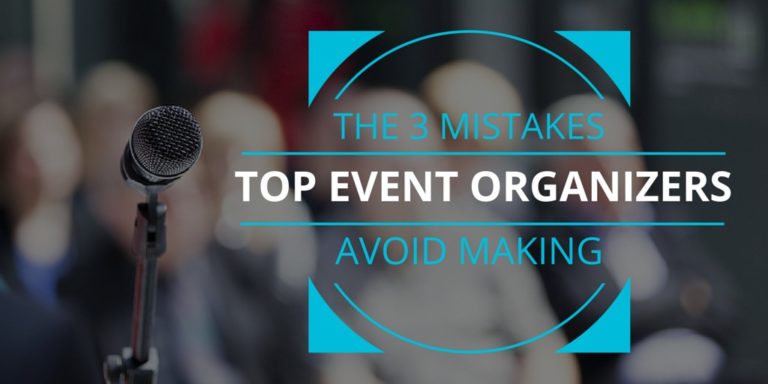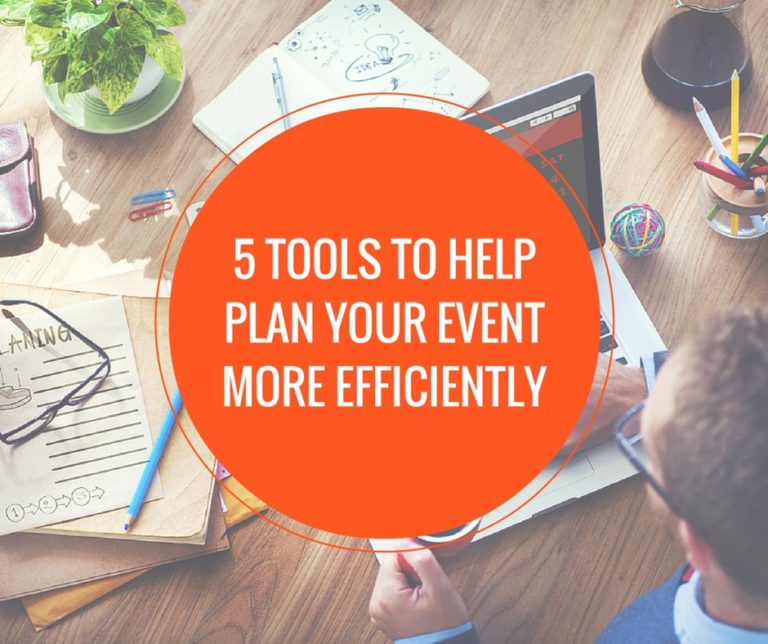You did it! You created your pre-event surveys, found event sponsors, figured out your venue and speakers, and at the end of it all, your event was a huge success. Now you’re ready to start the next one. Before that, though, there are a few more things left on your plate. One of those is the post-event survey.
The Importance of Post-Event Surveys
Post-event surveys can play a pivotal role in your event planning process. They are an opportunity to gain feedback on a finished event, allowing organizers to gain crucial insights into attendees’ experiences and feelings. They can help you measure attendee satisfaction, identify strengths and weaknesses, and make informed decisions for future events. They also empower data-driven decisions, helping organizers optimize resources, tailor offerings to the preferences of your target audience, and enhance event ROI. Other than improving event quality, post-event surveys demonstrate a commitment to attendee needs, fostering positive relationships, and building loyalty.
Simply put, they’re like a secret weapon for ensuring your event’s continual improvement and ability to thrive in the competitive event world.
How To Craft Effective Post-Event Survey Questions
Post-event surveys are clearly important. But how do you craft post-event survey questions that are effective in capturing the data that will help you make the next event even better? Whether you’re wondering how to survey virtual event attendees for your virtual events or how to survey attendees for your in-person events, there are multiple helpful steps you can take to do this.
Design Comprehensive Survey Structures
The structure of your post-event survey can be the difference between an ineffective and effective survey. Designing comprehensive structures helps to create the backbone of the feedback process, ensuring that the right questions are asked to gather meaningful insights.
They can also help you ensure that you don’t miss important questions because they are structures you will use again and again. By carefully crafting surveys that encompass various aspects of the event, from logistics to content and overall experience, you pinpoint areas for improvement. A well-structured survey can also help increase response rates and completion rates as participants find it easier to navigate and complete.
You can design these structures in whichever platform you choose, and there are plenty of options.
Balance Quantitative and Qualitative Questions
Designing effective post-event surveys for event organizers requires striking a balance between quantitative and qualitative questions. Quantitative feedback is an important type of feedback because it can allow for statistical analysis to measure attendee satisfaction and event success objectively. You can do this with Stata statistical data software that simplifies data analysis, data management, and graphics.
On the other hand, qualitative questions provide rich insights into attendees’ sentiments, experiences, and suggestions, offering a deeper understanding of their perspectives.
Combining both qualitative and quantitative survey questions and using Stata’s capabilities can help event planners dig deep into this valuable feedback, making your events better and better.
Target Specific Event Elements
Creating effective post-event surveys for event marketers requires pinpointing specific event elements for evaluation. Instead of generic questions, focus on aspects like event venue, speakers, content, and engagement.
This approach makes the survey responses far more valuable, as it gives you specific insights that can drive meaningful changes in future events. By honing in on specific elements, event planners can make informed decisions, allocate resources effectively, and tailor future events to align with attendee preferences.
Get the Timing and Distribution of Post-Event Surveys Right
Now that we’ve covered what survey questions to ask after an event, it’s time to focus on your distribution process. The reality is that you can get all the questions right on your survey, but if you don’t schedule it for the right time, you might not get as many responses as you would hope. Here are two things to keep in mind for getting the timing and distribution right, no matter the type of event.
How To Choose the Optimal Survey Timing
Selecting the optimal survey timing for post-event surveys is crucial. Send surveys too soon, and attendees may not have had time to fully process their experience. Send them too late, and memories may start to fade. This right timing ensures that the experience is still fresh in attendees’ minds while giving them enough time to reflect. Finding the right timing maximizes response rates and yields more accurate, constructive feedback.
It’s also important that you choose the right time of the day to send these surveys to your attendees so that the message doesn’t get buried. Choose a time that is reasonable for all time zones to account for attendees who may have traveled to your event.
How To Select Survey Distribution Channels
Selecting the right survey distribution channels for post-event surveys is crucial to maximize responses. There are multiple options, such as email, social media, event apps, or SMS. Tailor the distribution channels to the audience’s preferences and behavior.
At the end of the day, a well-thought-out distribution strategy can do wonders for your response rate, so it’s important to think about what will work best for your audience.
How To Maximize Survey Response Rates
Once you’ve crafted your event feedback survey questions and figured out the best timing and distribution channel for your audience, it’s important to also consider how to maximize the survey’s response rate so you get as much data as possible.
Craft Engaging Survey Invitations
Crafting engaging survey invitations is critical to maximizing response rates for post-event surveys. If you’re using email, begin with a compelling subject line that grabs recipients’ attention so that they actually open the email. If you’re using other platforms that don’t require headlines, make sure you immediately state the benefits of filling out the survey, so they keep reading. It’s important to keep your message concise and outline the survey’s importance and how the feedback will be used to improve future events, whether it’s positive feedback or negative feedback. You can also use visually appealing and responsive designs to ensure accessibility on various devices.
Another important thing to remember is to personalize the invitation by addressing recipients by their name if your platform allows that. People get a lot of messages each day, so showing appreciation for their attendance in a personalized way can help you stand out. Finally, include a clear, prominently placed call-to-action button or link that directs them to the survey, making it effortless to participate.
Implement Incentives for Participation
Implementing incentives is another effective strategy to boost survey response rates. In post-event surveys, offering rewards like discounts, gift cards, or entry into prize draws can motivate attendees to participate. These incentives can also show them that their feedback matters. When crafting incentives, it’s also essential to be transparent about eligibility criteria, the value of rewards, and the timeframe for distribution. Leverage the urgency factor by highlighting limited-time offers or exclusive benefits.
Send Follow-Up Reminders
Sending follow-up reminders can also help you to maximize survey response rates. After the initial survey invitation, it’s common for recipients to forget or procrastinate. Sending a gentle, well-timed reminder nudges them to take action. Craft a concise and friendly message reiterating the survey’s importance and the benefits of participating.
Mention the deadline to create a sense of urgency without being overly pushy. It may also be a good idea to use different communication channels, like email, SMS, or even social media, to reach people who didn’t see the message. By reminding recipients of the survey’s presence and value, you increase the chances of capturing their feedback and getting responses.
How To Analyze and Use Survey Results
Analyzing and effectively utilizing survey results from post-event surveys is essential for event planners wanting to improve their future events and enhance participant satisfaction. Here’s a guide on how to do this efficiently:
- Gather data: Begin by collecting all the survey responses. Many event planners use tools for online surveys to streamline this process, ensuring data is easily accessible and manageable.
- Identify KPIs: Determine the key performance indicators (KPIs) that matter most for your event’s objectives. Common metrics include attendee satisfaction and net promoter scores.
- Visualize data: Utilize data visualization tools to create graphs, charts, and dashboards. Visual representations make it easier to spot patterns within the data.
- Analyze open-ended responses: Pay close attention to open-ended survey questions, as they provide qualitative insights. Summarize common themes and sentiments expressed by attendees.
- Create Actionable Insights: Translate survey findings into actionable insights. Identify areas for improvement and make a plan to address them in future events.
- Iterate and Improve: Use the survey analysis as a foundation for ongoing event planning. No event is perfect, so continuously gather feedback and make iterative changes to enhance the event experience.
- Monitor Progress: After implementing improvements, continue to monitor attendee satisfaction and other relevant metrics to measure the impact of changes and refine your strategies further.
Streamline Your Survey Creation Process With the Right Marketing Software
Streamline your event planning process and enhance attendee feedback management with Event.com’s event management software. This platform not only facilitates seamless event planning but also allows you to access valuable data and insights about your event. This software helps you use the data you gathered so you make informed decisions for future events. Contact us to schedule a free demo.







